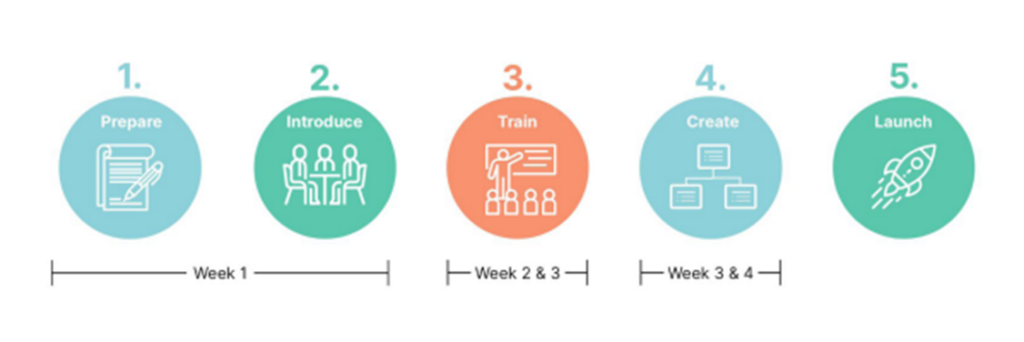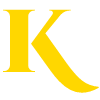Objective and Key Results (OKRs)
What are OKRs?
OKRs is a goal setting framework used by teams to define measurable goals and track their outcomes efficiently. Although the concept is new to many companies, OKRs have been around for quite some time – 1970 to be specific. Many large organizations use the OKR framework nowadays (Intel, Google, Netflix, LinkedIn, Microsoft and more).
Objective → Where to go
An Objective describes where you want to go and sets a clear direction. Think of it as a point on a map, a destination like New York.
Key Results → Key Results needed to achieve objective
A Key Result shows you how you’re progressing towards your Objective. Think of it as a signpost with a distance marker
Initiatives → Projects and tasks to achieve Key Results
An Initiative describes what you’ll do to achieve your Key Results. Think of it as a description of what you’ll do to get to your destination.
Why OKRs?
A good implementation of OKRs results in strategic alignment, focused execution, and engaged employees. The implementation of the framework is somewhat simple (especially when compared to other frameworks). Some important aspects that make up the framework are:
- Business alignment
- OKR ambassador
- Quarterly objectives
- Bottom-up approach (your teams will be highly involved)
- Quick and transparent weekly check-in
A typical implementation timelines looks something like the one below:

Our Opinion
From our experience an OKR framework has been the most effective and the easiest to implement within tech organisations. The framework provides clear expectations, transparency between teams, and enforces continuous alignment between the teams and company objectives. It allows for senior management to answer important questions that the teams raise and for important issues to surface and be discussed.
We think that open-minded organisations that are willing to progress can have an excellent tool that increases productivity and employee engagement. If you would like to know more about how we can help please contact us >>here<<.
